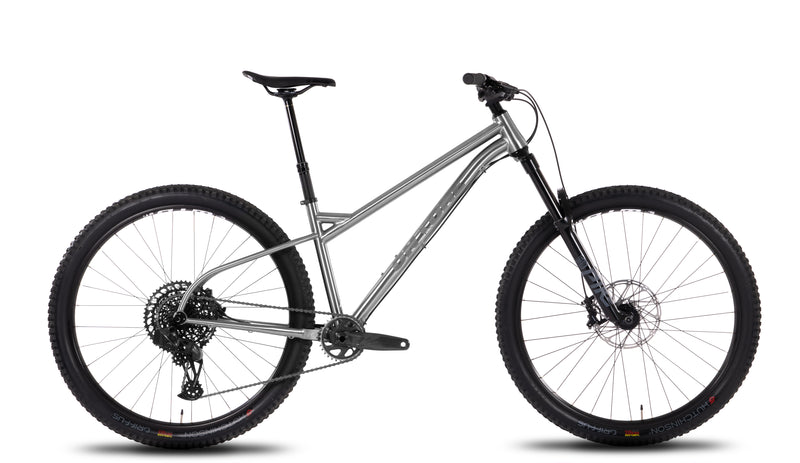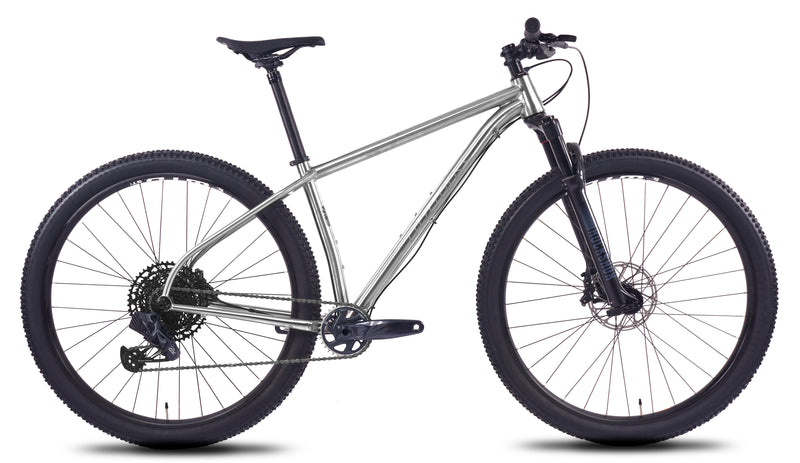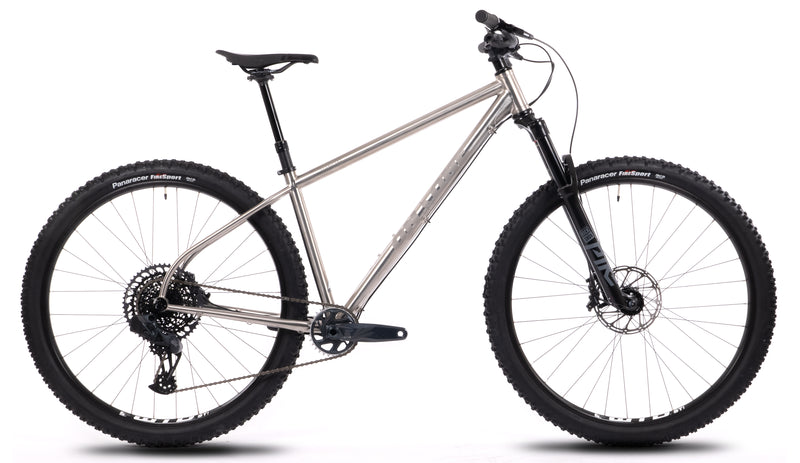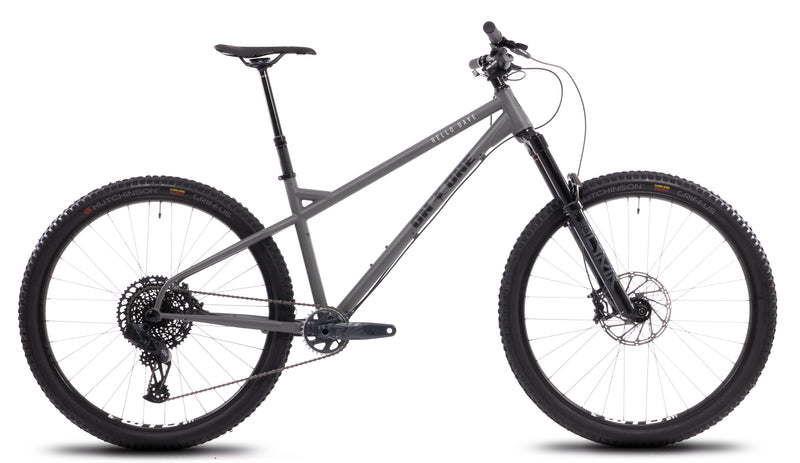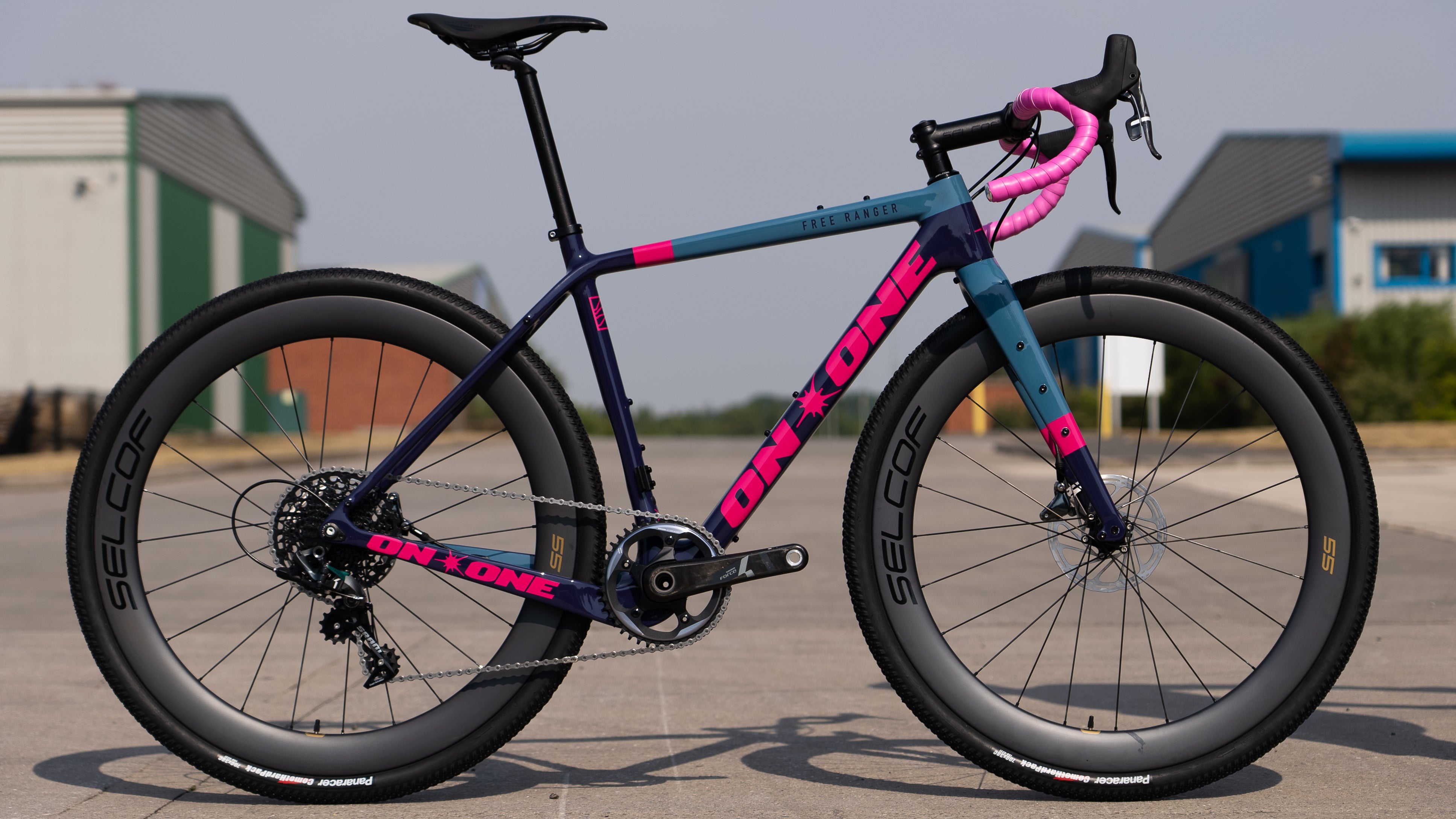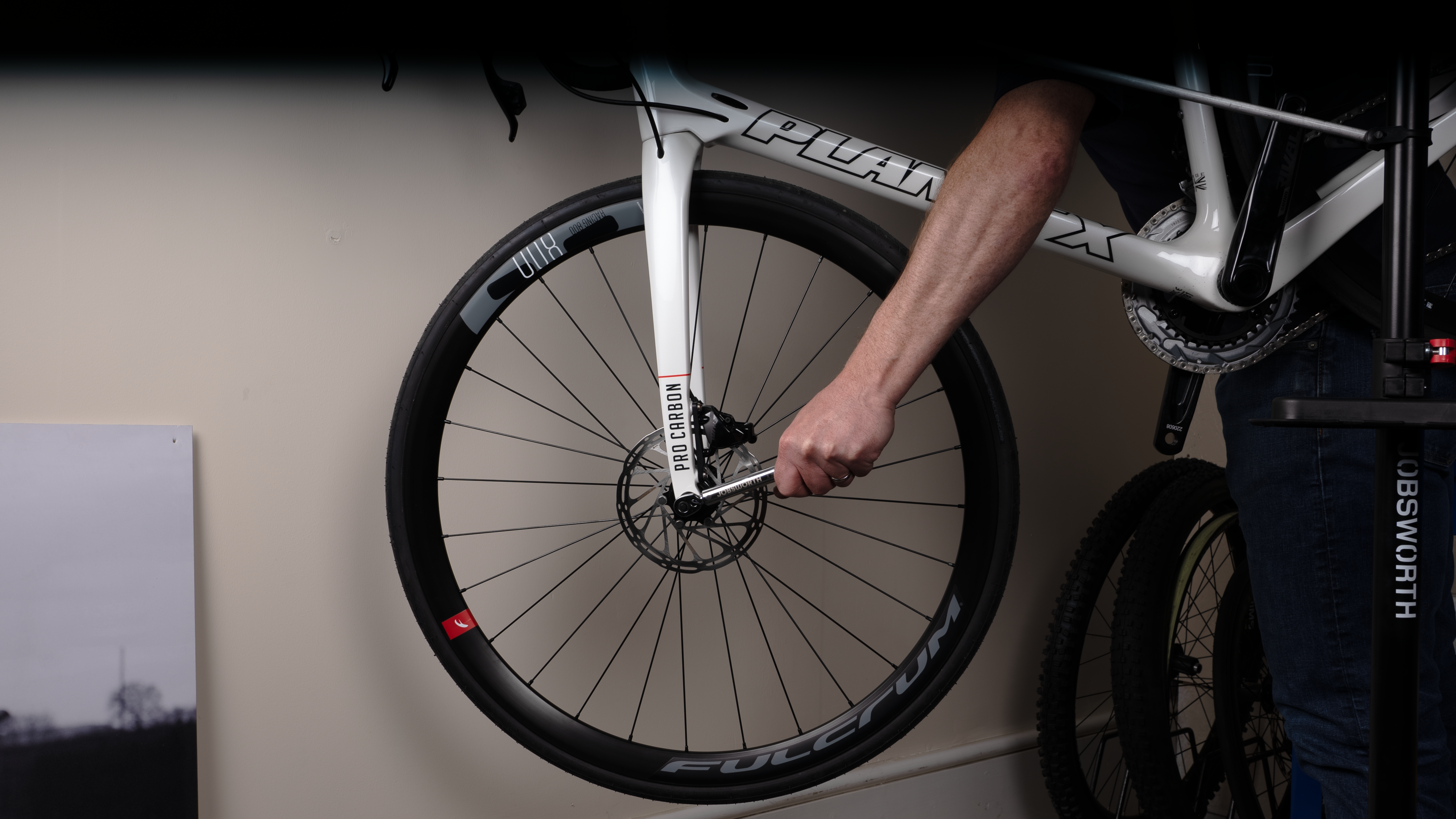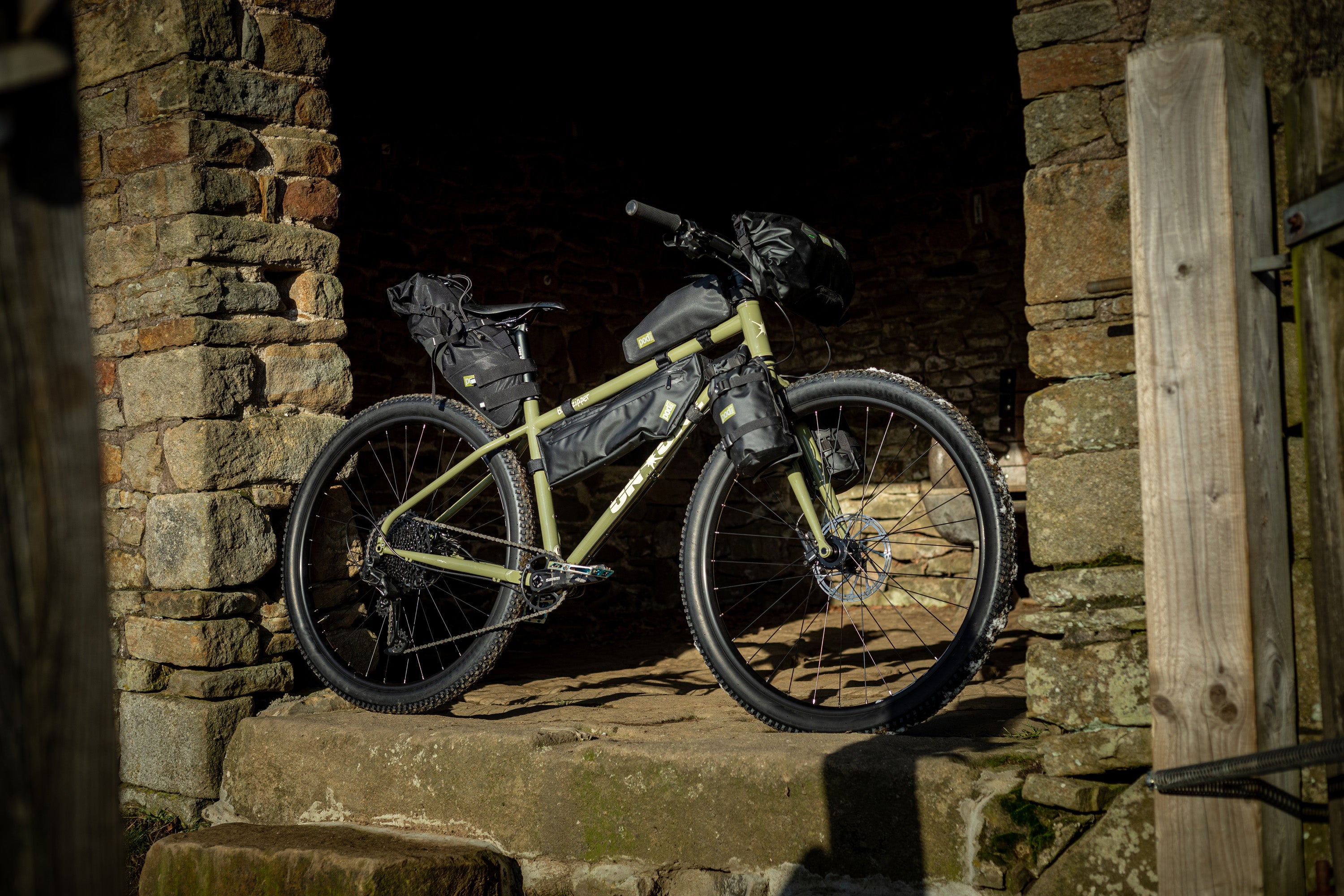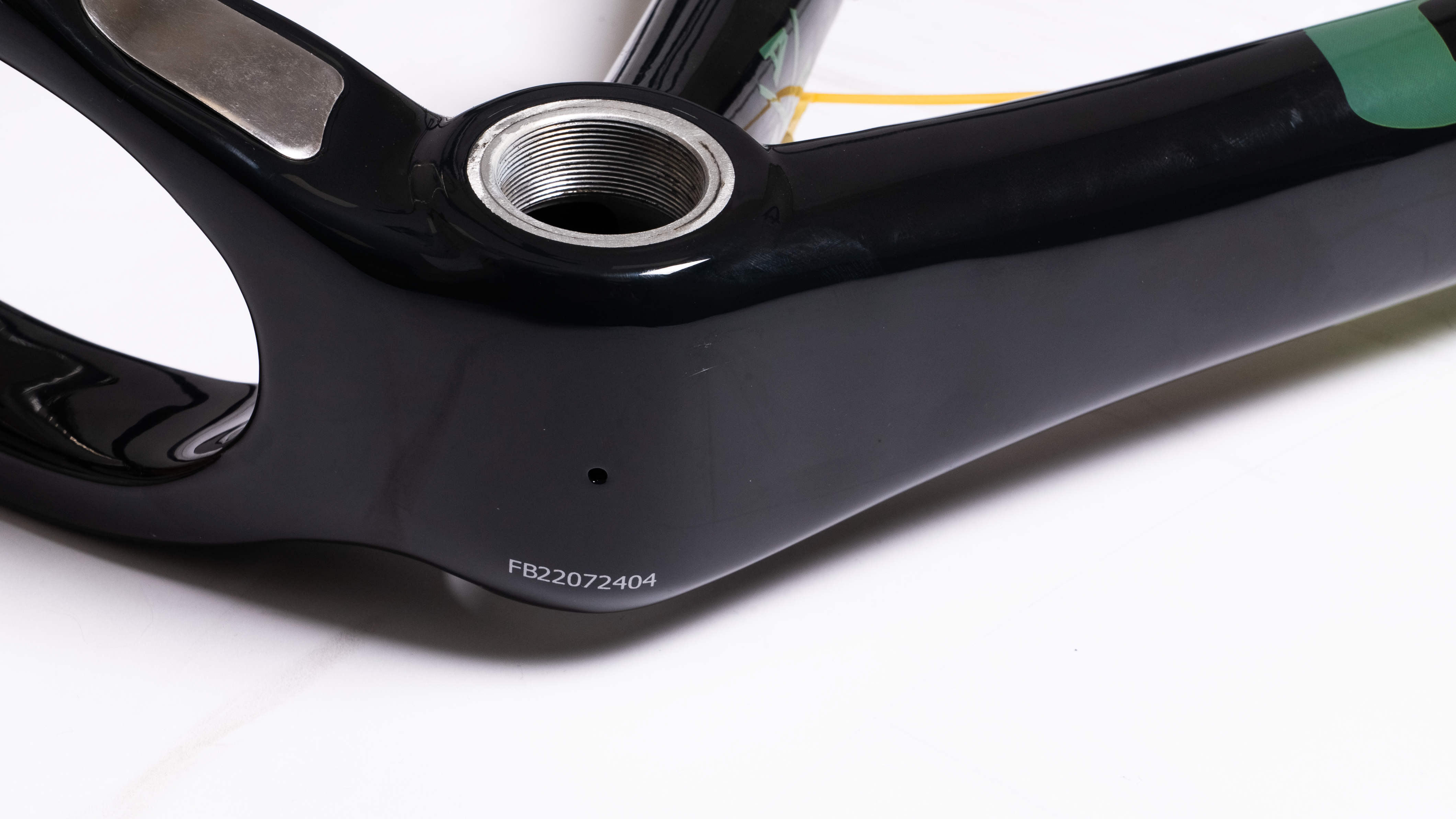Can you repair carbon bike frames?
23 February 2023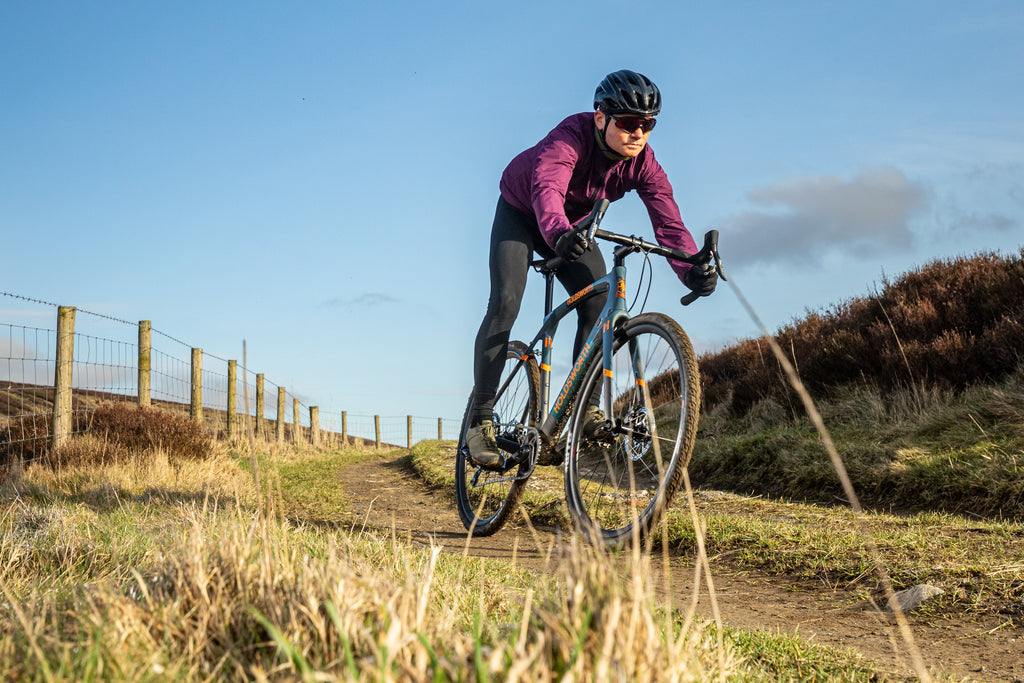

If you’re a keen pro-level road cyclist, chances are you’ve considered getting a carbon fibre frameset to up your performance in road racing conditions. The material is lighter compared to metal alternatives, giving you the edge of reduced drag and increased speed, which is why many pros prefer it.
However, one of the main drawbacks of carbon frames when compared to aluminium, steel or titanium is that carbon can be more difficult to repair. With a higher price tag attached, you might wonder if the performance benefits are really worth switching to a carbon frameset.
How long will a carbon bike frame last?
A carbon bike frame is made up of two materials: the carbon fibre and the resin which binds it and gives the frame its structural integrity. Carbon frames are designed to last a long time, but their ‘shelf life’ can vary depending on a range of factors. One of these is how much you use your bike. As you might expect, the more you use it, the more wear and tear it has to endure.
Exposure to extreme heat can also impair your carbon frame’s integrity - but we’re not talking a regular sunny day out on the trails. Consistently riding in heatwave-level temperatures may lead to degradation of the resin in your bike frame over time, and more targeted intense heat sources such as fires are also likely to have an effect. While we don’t typically experience temperatures like this in the UK most of the time, those riding elsewhere in the world, such as in the balmy Mediterranean, might want to take this into consideration.
And it’s not just the heat of the sun that can affect the lifespan of your carbon frameset. Ultraviolet radiation may also be a cause of degradation, which is why most carbon fibre frames are painted with UV-resistant paints and lacquers to protect them. Again, this isn’t likely to be a problem for UK riders, however it could have an adverse effect abroad - or if you routinely store your bike out in the sunlight.
One thing that UK riders should definitely keep in mind is that saltwater can also be damaging over time. While salt isn’t corrosive toward the carbon fibre, it does corrode the metallic components of your bike, such as forks and bottom brackets. Don’t be fooled into thinking this is only a concern for those living near the coast. Riding on wet surfaces in winter can have a similar effect to salty sea air, due to the salt content of grit put out in icy conditions.
It’s important to know that although these are all things to be aware of, they’re all pretty slow acting. Carbon bike frames can last for years, particularly if they’re well cared for and maintained. If you have a carbon frame or you’re thinking of getting one, it pays to know how to check the frame for damage and degradation.
How to check a carbon bike frame
Checking a carbon frame for damage might sound like a job for the mechanic, but it’s something you can and should do at home as part of your regular bike maintenance. As a rule, you should aim to check your frame every time you clean your bike - especially since it’s easier to spot damage when it’s not covered in mud. On top of that, it’s a good idea to give your frame the once over whenever you have a crash or notice any sort of creaking or reduced performance.
So what does checking your bike frame entail? Well, for a regular check up, you’ll want to perform a three-stage inspection: visual, aural and tactile.
Visual inspection
This is fairly self-explanatory, but a visual inspection involves looking all over your frame to try to spot any cracks, stress points or dents which may have formed since your last check. For a more in depth look - done once a season or if you’ve had a crash - look in the hard to access areas, such as the clamping area around the seat post or under bar tape.
Aural inspection
An aural inspection involves making the most of your ears to check for structural damage to the frame. Typically, if there is any kind of invisible damage, the frame will sound different when you knock against it. Use a coin to test the sound of your frame at different locations on the bike by tapping it gently, and listen out for the usual light tapping being replaced with a dull, hollow thud.
Tactile inspection
Sometimes, it can be hard to spot damage on the frame, so it’s always a good idea to have a feel. As well as checking for scratches, cracks and dents, you should also be vigilant for any areas that feel soft or squishy - or in any way different to how your frame usually feels.
How to repair carbon fibre bike frames
Once you’ve identified an issue with your bike frame, it’s time to hand it over to the mechanics. While we encourage cyclists to perform their own maintenance tasks in many instances, carbon fibre repair is more of a technical task than most can tackle, using specialist equipment to get your bike back into working condition. Unfortunately, not every carbon frame can be saved, so it’s best to consult the professionals to ensure your next ride is on a safe and secure frame.
Wondering what a professional can do that you can’t? Well, for starters, bike mechanics will have more sophisticated methods for identifying faults and damage. They will use x-rays and ultrasound technology to not only spot that there’s a problem, but also to see exactly what the issue is and evaluate what they can do about it. Mechanics will also have the facilities to stress test any repairs they carry out before handing your bike back to you - which means you’ll have added reassurance that your bike really is good to go.
In the end, the answer to our initial question is yes, carbon bike frames can be repaired. Just bear in mind that while not all damage is irreparable, it’s best to leave all repairs to those in the know.
